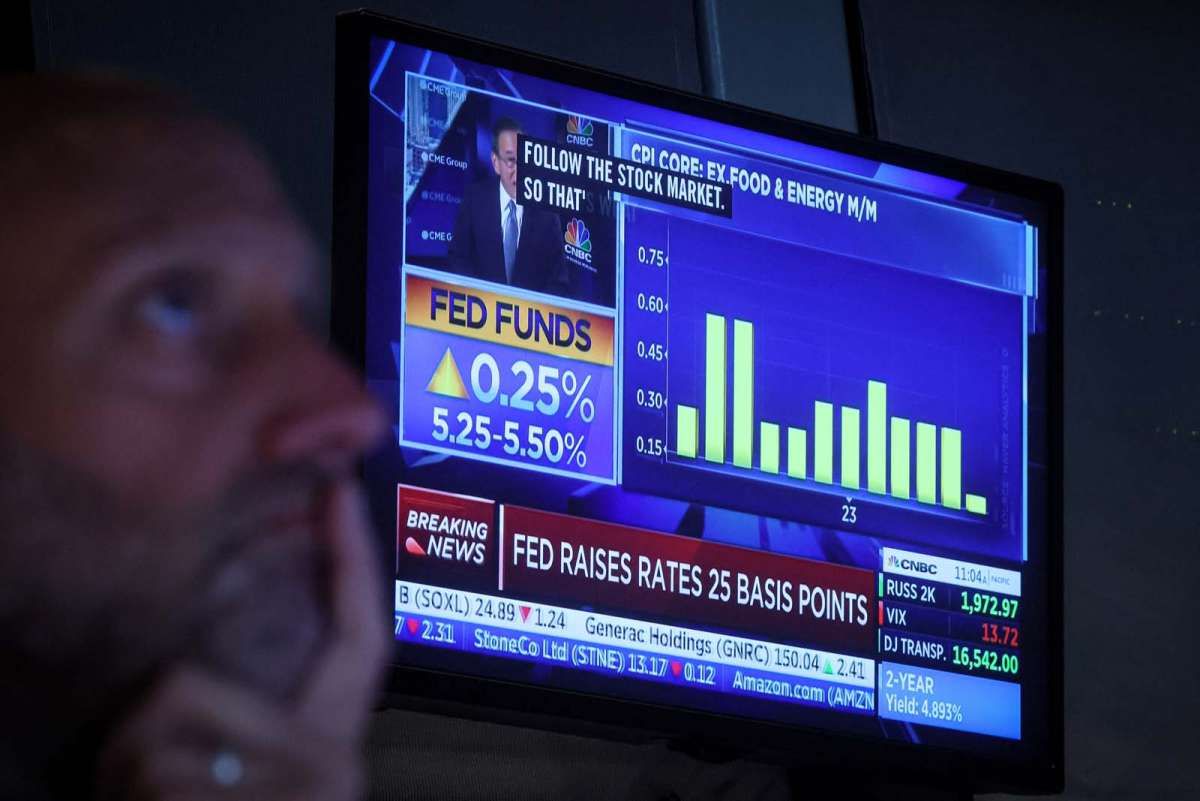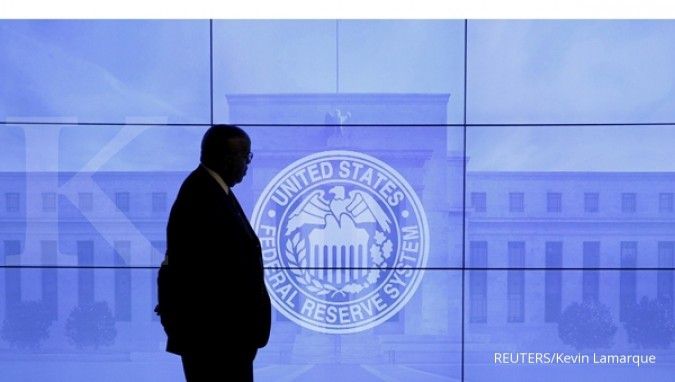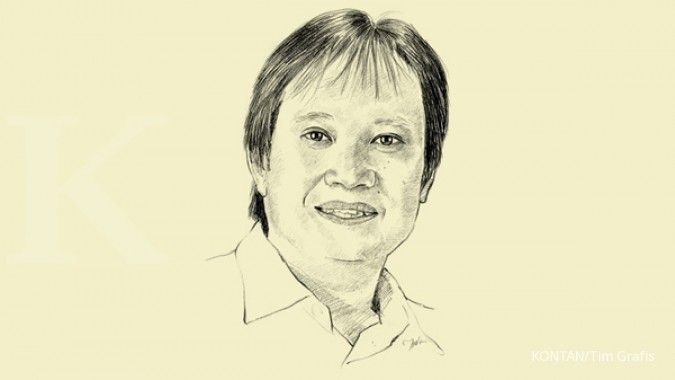Market Shifts Focus to Quantitative Tightening (QT) from Fed Rates

KONTAN.CO.ID - JAKARTA. Do you still remember the event four years ago when part of the financial market almost collapsed? That event still leaves a traumatic mark for many market players. That episode is now being recalled by the Federal Reserve (The Fed) as it tries to halt the process of reducing the balance in its financial statement.
Last week, the minutes from the latest Federal Open Market Committee (FOMC) meeting revealed that The Fed has been reconsidering their balance sheet.
However, the last time The Fed tried to slowly halt the process of reducing its balance, known as quantitative tightening (QT).
This was an effort that only lasted a few months before a shock in the financing market in 2019, forcing them to rethink implementing a new strategy.
Major Wall Street banks shifted ahead of the Federal Reserve meeting last month by predicting that the US central bank will end the balance reduction process slower than previously estimated, according to a survey released last Thursday.
The banks, known as primary dealers, now believe that the process known as quantitative tightening (QT) will end in the fourth quarter. According to a survey conducted before The Fed's policy meeting on December 12-13.
In the primary dealer survey before the policy meeting that ended on November 1, banks collectively saw the third quarter as the stopping point for QT.
If the dealers are correct, The Fed's balance will shrink to US$ 6.75 trillion from the current level of about US$ 7.764 trillion.
The dealers also predicted before the December meeting that there would be US$ 375 billion in the central bank's reverse repo facility when QT ends, compared to US$ 625 billion expected in the October survey.
In the December survey, respondents said they expect bank reserves to reach US$ 3.125 trillion at the end of QT, compared to US$ 2.875 trillion in the previous survey.
The QT process has complemented monetary policy by raising interest rates carried out by The Fed as part of its efforts to bring inflation back to the 2% target.
The central bank aggressively bought Treasury bonds and mortgage-backed securities at the start of the coronavirus pandemic in the spring of 2020, causing its total assets in the form of money and bonds to more than double to about US$ 9 trillion in the summer of 2022.
Since then, The Fed has been shrinking its assets since last year, but has not provided much guidance on how long the process will last.
The minutes from The Fed's meeting last month, released on Wednesday, show a note that some Fed officials are now ready to discuss how and when QT will end.
This question has been a concern for investors and traders given the possibility of the current interest rate hike cycle ending and increasing bets in the financial market that the central bank will cut interest rates as soon as next spring when inflationary pressure eases.
MONEY MARKET METRICS
The challenge for The Fed in reducing stimulus is that they are trying to achieve a level of liquidity in the financial system that allows them to maintain control over short-term interest rates, namely with protection from volatility that often hits the money market.
However, there is no clear picture yet on how to measure the amount of liquidity needed.
Michael Feroli, chief US economist at J.P. Morgan, said in a note on Wednesday that further guidance on the endgame of QT will soon emerge.
Given the early debate seen in the December meeting minutes, "we suspect this means we could see a more detailed discussion of potential balance plans" in the minutes of The Fed's next policy meeting, which will take place this month, he said.
Barclays economists said they expect money market interest rates like the federal funds rate and the Secured Overnight Financing Rate to be The Fed's main concern.
They also believe that The Fed may be more cautious in testing how far they can lower the balance compared to the primary dealer's view before the December policy meeting, saying in their note that "we expect The Fed to be cautious" and end QT in June or July before signs of stress appear.
Ian Lyngen, head of US interest rate strategy at BMO Capital Markets, also argues that QT will end sooner than the survey suggests based on the meeting minutes.
"There is now a strong argument that balance reduction will end before the first cycle cut," he said in a note to his client.












